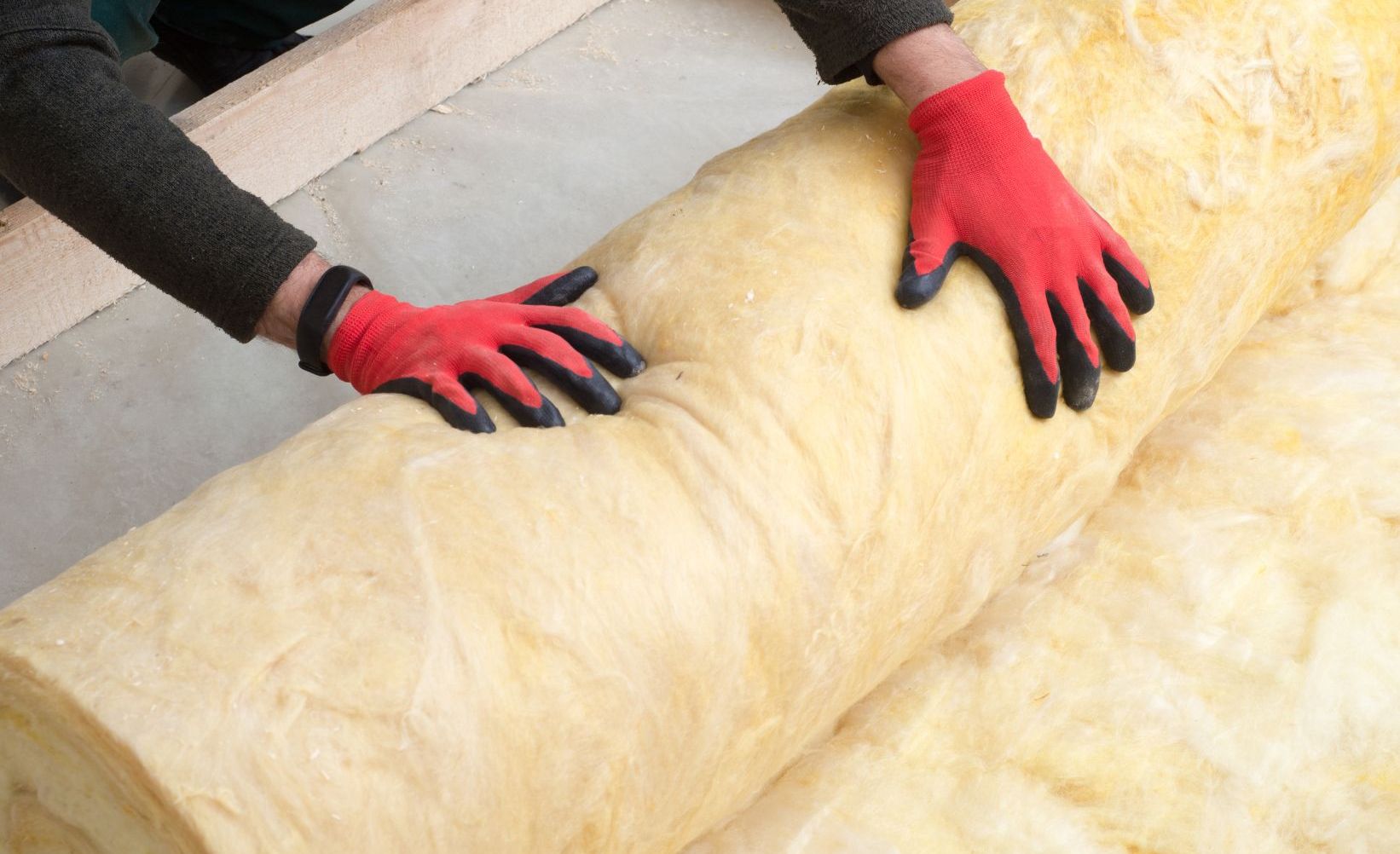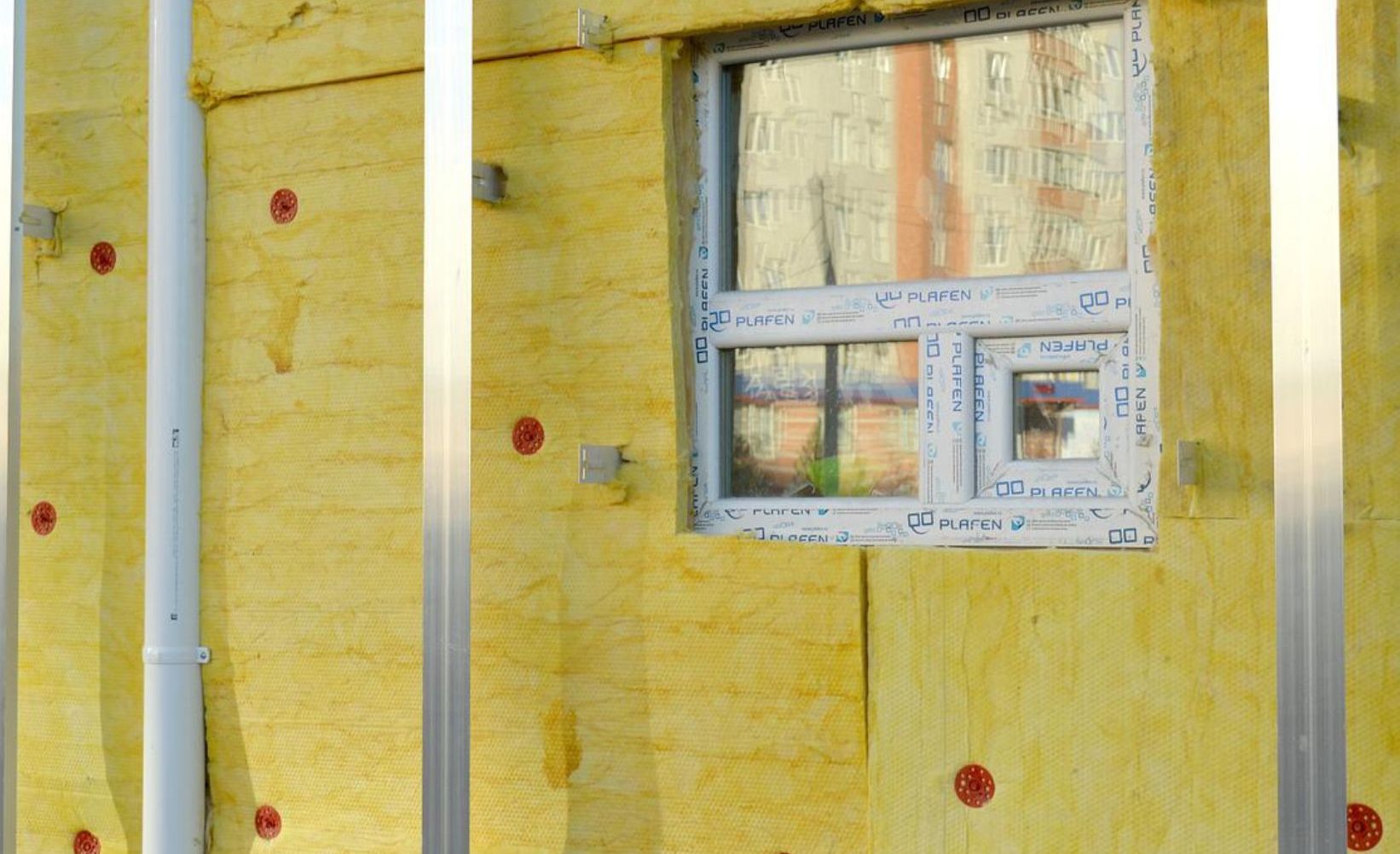Everything You Need To Know About Rockwool Insulation
Rockwool insulation is one of the options you may come across when researching insulation options for your home, alongside fibreglass, spray foam, and insulated plasterboard. But what exactly is rockwool insulation, how is it made, what are its benefits, and how should you use it in your home? Read on to find out.
What Is Rockwool Insulation?
Rockwool is also sometimes known as mineral wool or stone wool, with each of these terms often used interchangeably. This type of insulation gets its name from the materials it’s made from, as it’s produced using rocks and stones.

Rockwool can be a natural byproduct of volcanic activity, but it can also be manufactured by heating rocks at extremely high temperatures until they melt and form a lava-like consistency. This is then blown - a little like how candy floss is spun - along with copper or steel slag (waste products), to form the insulation material.
This type of insulation comes in batt, board, roll, and pipe forms, and it tends to come in one standard colour, but is sometimes available with a foil backing. Rockwool insulation is a good option for insulating cavity walls, which are standard in the majority of homes built after 1920.
What Are The Benefits Of Rockwool Insulation?
Rockwool insulation can have multiple benefits as an insulation material, from its R value to its acoustic soundproofing abilities. It’s a good, thick form of home insulation, with its key benefits including:
- Made from recycled materials - stone wool insulation is typically made from up to 70% recycled materials, making it a good sustainable choice for making your home more eco-friendly
- High R value - rockwool insulation has a higher R value than fibreglass insulation (3.0 to 3.3 per inch compared to 2.2 to 2.7 per inch). This indicates that stone wool has higher thermal resistance, making it a good option to heat your home and potentially save you money on energy bills. Rockwool tends to maintain its R value over time too
- Incredibly versatile - rockwool insulation is wonderfully versatile, as it can be used to insulate different parts of your home, including the walls, loft, floor, and ceiling. This type of insulation can be used anywhere you’d typically install fibreglass insulation
- Highly durable - the unique make-up of rockwool makes it such more durable than fibreglass insulation; it should last for as long as the building itself if installed correctly
- Mould-resistant - rockwool insulation is inorganic, meaning there’s nowhere for mould to grow. Its moisture resistance also helps to prevent the growth of insulation mould
- Acoustic properties - as rockwool is a relatively thick insulation material, it’s an effective material for soundproofing a room
- Fire-resistant - as mineral wool insulation is formed from actual rocks and stones, it’s a great fire-resistant building material and can resist heat up to 1,400°F (760°C)
- Easy to install - stone wool insulation is less dusty and itchy to handle than fibreglass insulation, which makes it easier to install. Rockwool is also incredibly easy to cut when you have the right blade - a bread knife usually does the job
- Retains shape - this type of insulation is able to retain its shape over time as it helps to reduce air flow and heat flow, meaning the material can stay in its original condition for longer
Rockwool Insulation vs Fibreglass Insulation

If you’re not sure whether to opt for rockwool or fibreglass (also known as glass wool) insulation, here’s a direct comparison of the two types of insulation:
- Rockwool is thicker than fibreglass, increasing its thermal performance and acoustic soundproofing
- Stone wool insulation doesn’t hold onto water, but fibreglass can if it gets wet, which may cause damage and potentially lead to insulation mould
- Rockwool tends to be a little more expensive than glass wool insulation
- Mineral wool insulation tends to be more durable than fibreglass
- Rockwool is typically less itchy and dusty to handle than fibreglass insulation
How To Install Rockwool Insulation
Rockwool insulation needs to be installed by a professional, and it’s fitted in a very similar way to fibreglass insulation. Before the installer begins, they will need to seal any gaps to ensure maximum efficiency.

Stone wool insulation comes in different forms that can be used in cavities, studs, cladding, and ceilings. The U Value team can help you to choose the right product for the job at hand.
Although mineral wool insulation is not as toxic as fibreglass insulation, it’s still recommended that gloves, goggles, long sleeves, and a protective face mask are worn when installing rockwool insulation, as it can still be quite dusty.
While the work is being carried out, rockwool insulation can be stored outside, as long as it’s securely wrapped.
If installed correctly, there is no reason why rockwool insulation shouldn’t last for the same amount of time as a building itself; it has an extremely long lifetime, making it a great green investment.
Shop Rockwool Insulation At U Value
Discover different types of rockwool insulation at U Value, including Rockwool Roll, Rockwool Acoustic Rockfloor, Rockwool Hardrock, and more. Whether you’re looking to improve the thermal performance, acoustic soundproofing, or R value of your property, mineral wool insulation is a great green investment to improve the energy efficiency of your home.
When you choose U Value, you’re benefiting from our more than 40 years’ experience in the building industry - we’re a one-stop shop for all of our clients’ needs, whether you’re looking for insulation or DIY accessories.
For further information please visit: https://www.uvalue.ie/contact or phone: 01 861 2000

